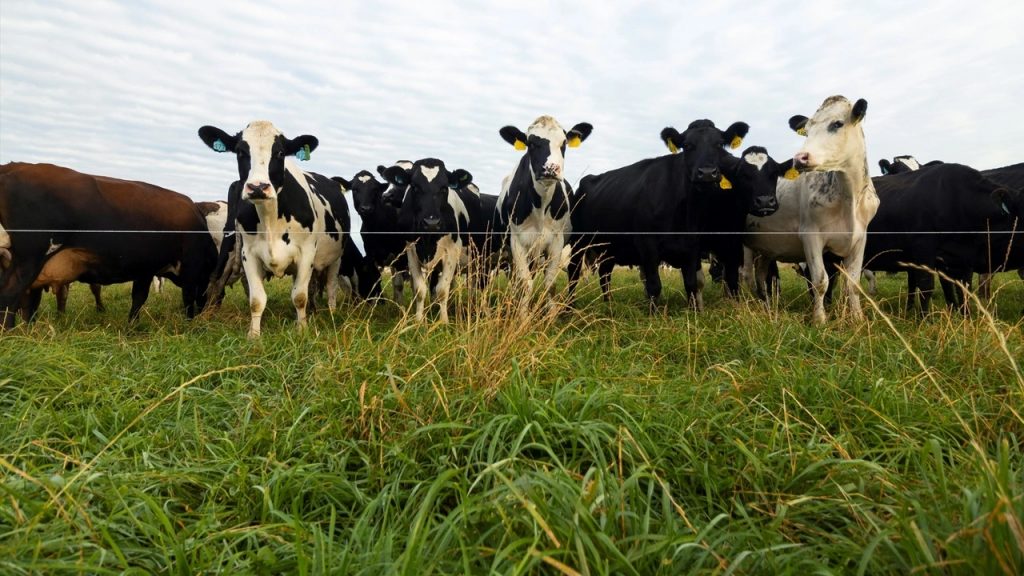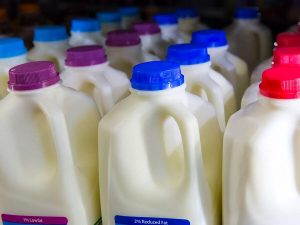
Dairy Outlook: Producers will likely vote on proposals in December or January.
USDA released its highly anticipated recommendations for modernizing the Federal Milk Marketing Orders on July 1.
“Arriving at a Recommended Decision was no small task,” says Corey Geiger, lead dairy economist for CoBank. Once the 332-page document is published in the Federal Register in mid-July, stakeholders in the dairy industry will have 60 days to submit formal comments and exceptions to USDA’s Recommended Decision.
“The FMMO hearing process took place over a record 49 days, the longest hearing in dairy history,” Geiger notes. As a result, the federal agency poured over 12,000 pages of testimony on the 21 different proposals. In the end, USDA made five major recommendations in its Recommended Decision.
“The ‘make allowance,’ or the cost to manufacture milk into dairy products like butter, cheese or yogurt, was one of the five major recommendations made by USDA,” Geiger explains. “Last updated in 2000, the Recommended Decision contains a higher make allowance than those proposed by dairy producers and a lower make allowance than those proposed by dairy processors.”
Specific numbers for Class III and Class IV make allowance formula factors are:
-
butter, $0.2257 (up 5.42 cents from current formula)
-
cheese, $0.2504 (up 5.01 cents)
-
dry whey, $0.2653 (up 6.62 cents)
-
nonfat dry milk (NFDM), $0.2268 (up 5.9 cents)
Essentially, the Recommended Decision contains a one-time adjustment in the make allowance. “Without a future FMMO hearing, federal legislation would be required to make the updating process more routine,” Geiger says. “Should that legislation be passed, it’s likely a mandatory processing-plant survey would be included in a bill to gather firm numbers on the cost to process milk into dairy products.”
The other portion of USDA’s Recommended Decision that created significant discussion during the 49-day hearing was Class I pricing for beverage milk. USDA recommends returning to the higher-of Class I pricing that existed prior to the 2018 Farm Bill.
“This measure was strongly advocated by dairy cooperatives and has been met with some resistance by dairy processors,” Geiger says.
According to the National Milk Producers Federation, dairy farmers lost out on some $1.3 billion in potential milk check revenue when Class III and Class IV average pricing replaced higher-of pricing in 2018 to calculate Class I milk for the beverage market.
“USDA did show some consideration for a growing category of milk called extended shelf life, or ESL,” Geiger says. “Realizing that this product has marketing characteristics distinct from other Class I products, USDA allowed this category to use a 12-month rolling average to price this beverage milk, which should allow for more price stability and long-term marketing contracts.”
Class I differentials
A third proposal took a deep look at Class I differentials.
“Although USDA recommended keeping the current $1.60 base differential in each FMMO, the USDA proposed modified Class I differentials for every county in the U.S.,” Geiger says. “This change reflects the higher cost of marketing beverage milk, and the differentials gradually get larger in the milk-deficient Southeast portion of the country.”
In the final two recommendations, USDA proposes updating the milk composition factors to 3.3% true protein, 6% other solids and 9.3% nonfat solids. In addition, USDA recommends removing 500-pound barrel cheddar cheese prices from the Dairy Product Mandatory Reporting Program survey and relying solely on the 40-pound block cheddar cheese price to determine the monthly average cheese price used in the formulas.
“After the comment period closes in mid-September, USDA will have another 60 days to review comments and then release its Final Decision, potentially in mid-November,” Geiger explains. “Dairy producers in each order would then vote via referendum. That vote could take place in December 2024 or January 2025. A ‘yes’ vote would enact the FMMO changes, and a ‘no’ vote would turn down the changes. Should a ‘no’ vote prevail in any order, the federal order would be terminated.”
Following the producer vote, FMMO changes would be implemented during the middle of 2025 with one exception, Geiger notes. Due to their impact on risk management programs, the milk composition factors would be enacted 12 months after any FMMO updates.
You can now read the most important #news on #eDairyNews #Whatsapp channels!!!
🇺🇸 eDairy News INGLÊS: https://whatsapp.com/channel/0029VaKsjzGDTkJyIN6hcP1K





















